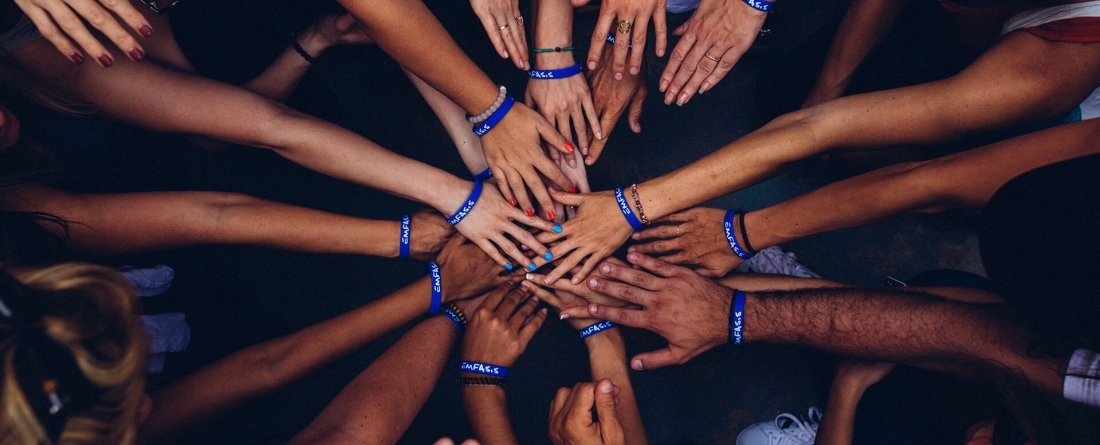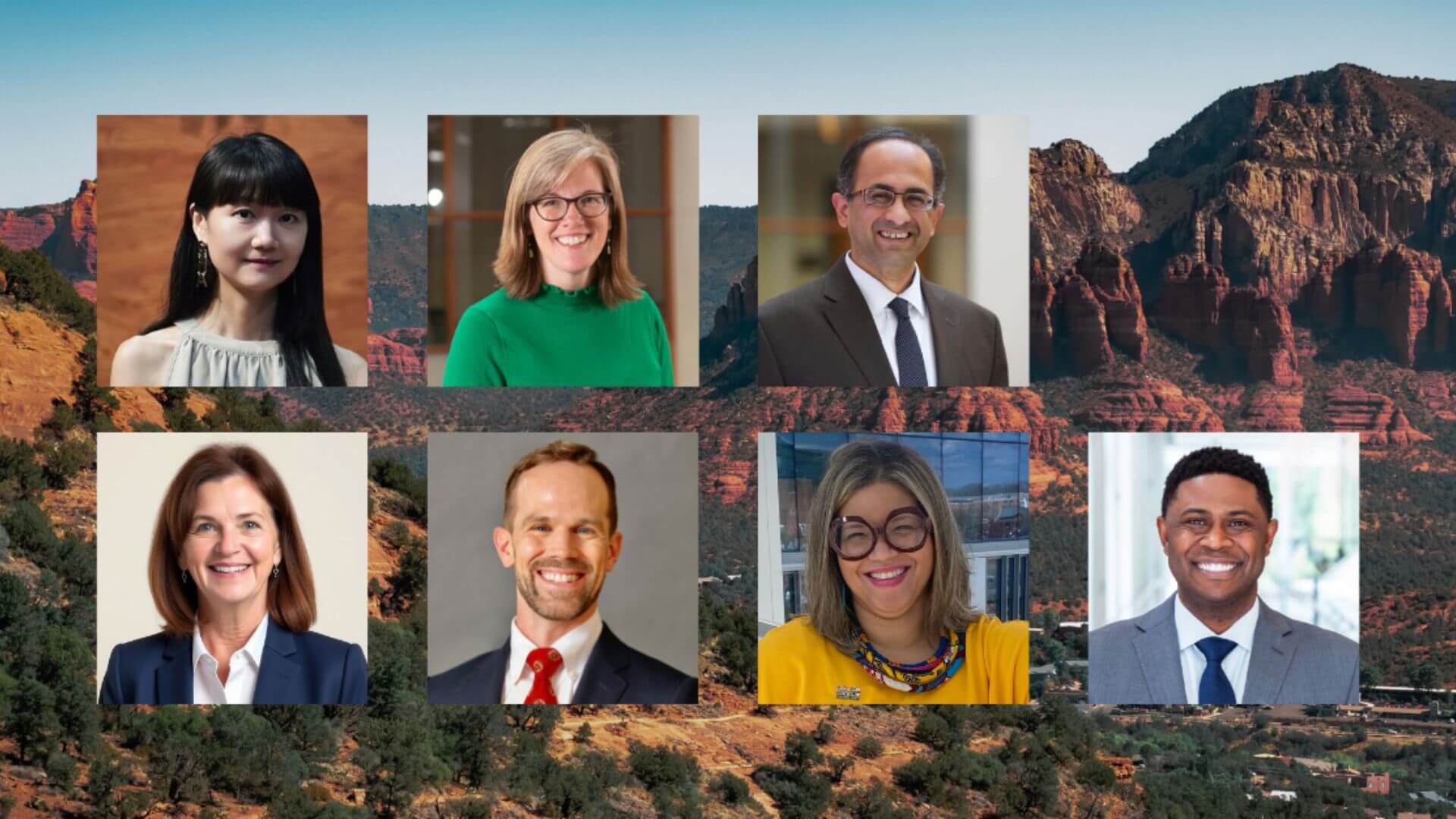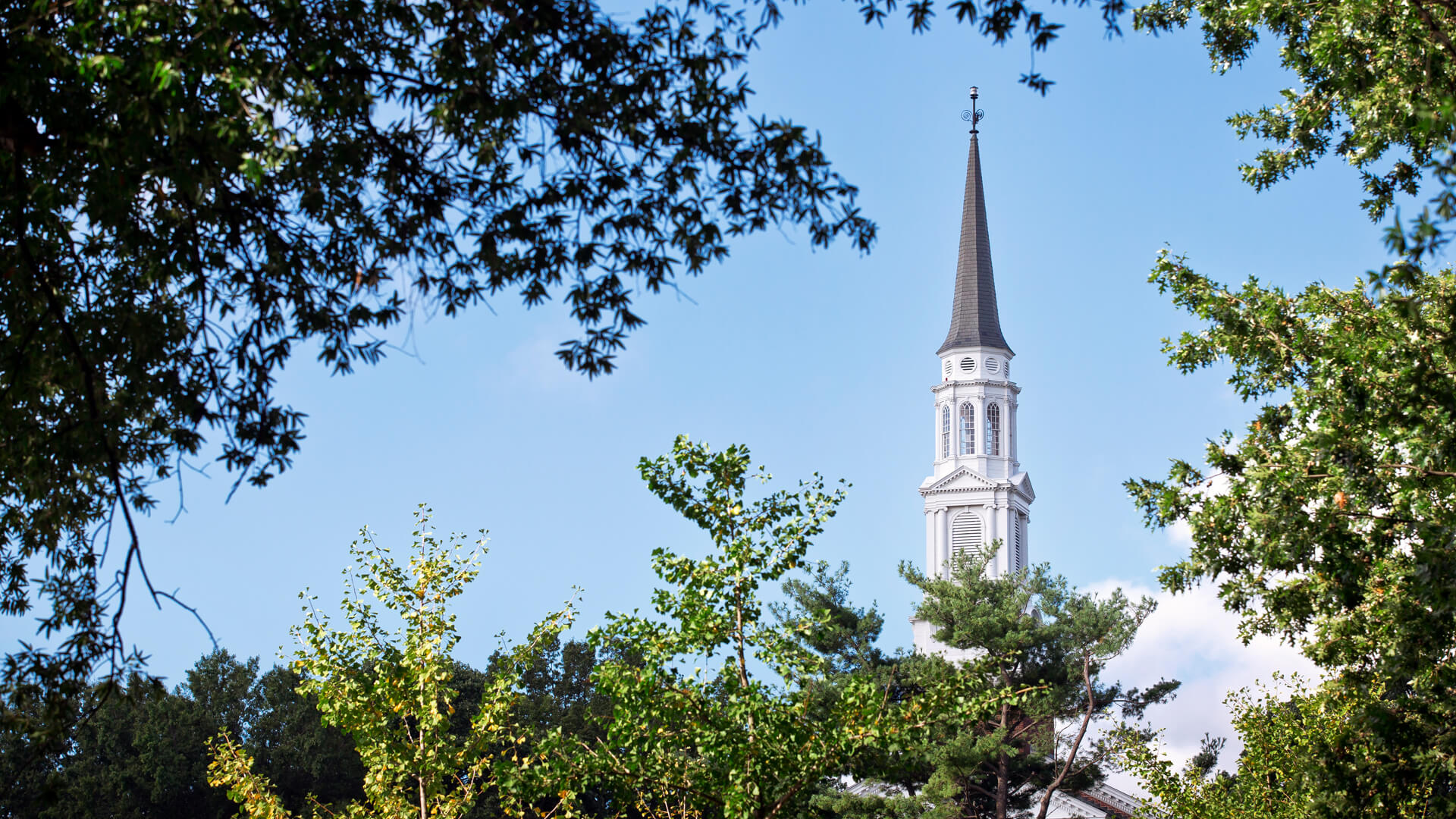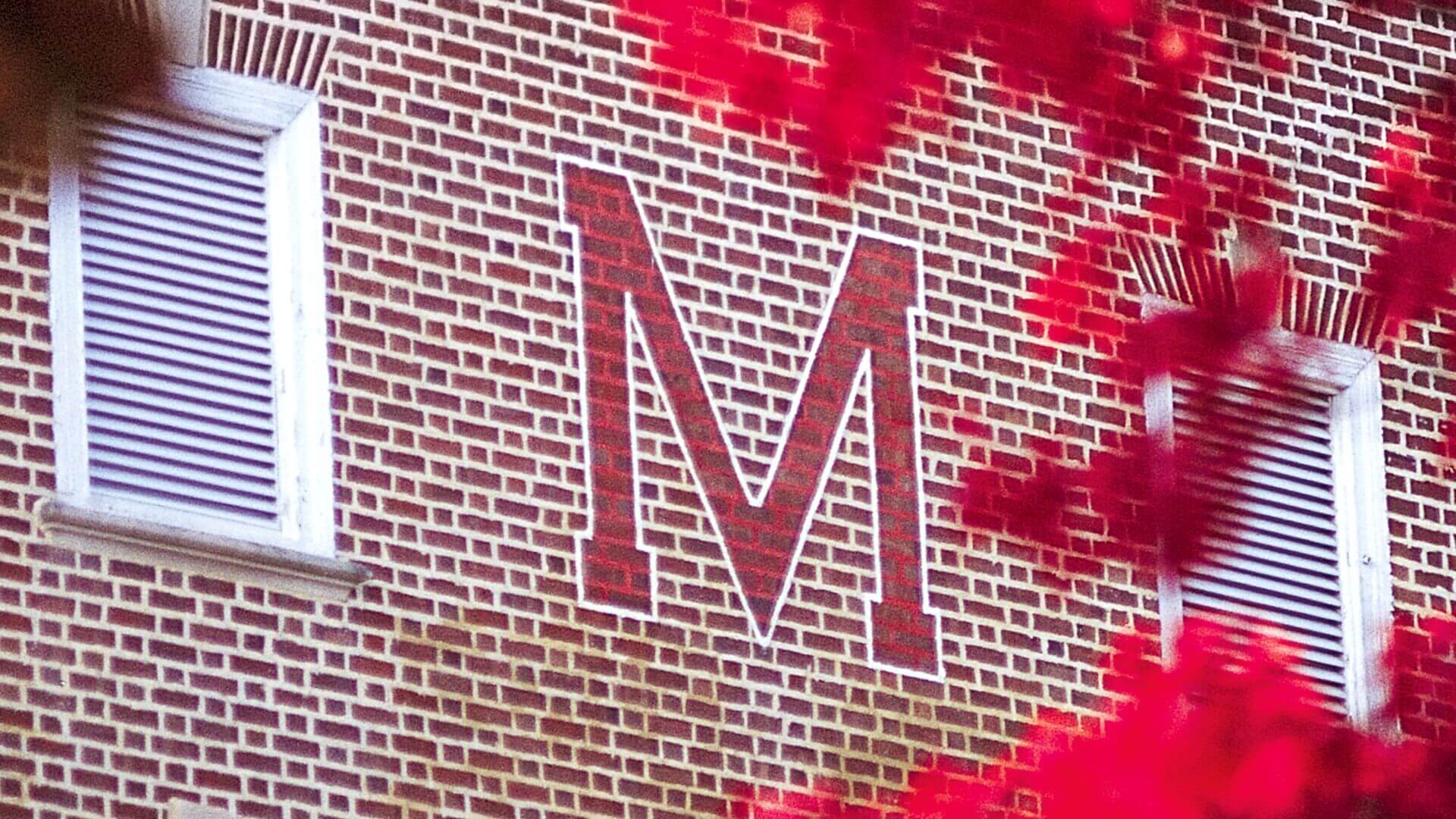
Do Good Institute and Generosity Commission find group membership has a significant impact on volunteering and giving; volunteering makes people more likely to behave charitably toward their neighbors
Social connectedness and recent volunteer experience are important predictors of giving that nonprofit organizations seeking to do good in the world should pay attention to, according to new research from The Do Good Institute and the Generosity Commission.
The report, “Social Connectedness and Generosity: A Look at How Associational Life and Social Connections Influence Volunteering and Giving (and Vice Versa),” found that people who volunteered in the previous year were more likely to give in the current year by 14.5 percent, and people who gave in the previous year were 9.3 percent more likely to volunteer in the current year.
This is the second report in a two-part series. The first report, “Understanding Generosity: A Look at What Influences Volunteering and Giving in the United States,” released in November 2023, documents recent declines in generosity and takes a deep look at why volunteer rates and giving rates markedly declined in America during the period of 2008-2015. The explanation includes both micro-level influences (individual, family or household characteristics) and macro-level influences (state-level characteristics). The new January 2024 report examines meso-level (relational) influences on the issue.
One fascinating finding is that volunteering and giving appear to increase the likelihood that adults vote in national elections, controlling for all other factors. Volunteering (for any cause, not just a political one) increases voter turnout probability by 12 percentage points, while giving increases voter turnout probability by 10.1 percentage points.
“The relationship between volunteering and giving is one that is important and at times, symbiotic,” said Nathan Dietz, research director for the Do Good Institute, and lead author of the report. “If nonprofit organizations provide rewarding volunteer opportunities, it is more likely to result in giving later, and those who give also often want to volunteer to help the causes they care about.”
The study also describes how other forms of civic engagement influence volunteering and giving. People who belong to, or participate in, one or more community groups or organizations in the previous year are significantly more likely to volunteer (14.3 percentage points). They are also significantly more likely to donate money (by 8.6 percentage points). The strongest group influences on giving and volunteering are associated with belonging to a religious congregation.
A composite measure of other forms of social connectedness, such as eating dinner frequently with household members, talking with one’s neighbors, helping one’s neighbors, has a minimal impact on volunteering (1.1 percentage points) and no statistically significant impact on giving.
Does volunteering improve connectedness in other parts of society? Volunteering in the previous year does seem to encourage people to do favors for their neighbors more often, controlling for all other factors, say researchers. Both volunteering and giving also encourage people to join community groups or associations. The study found that volunteering in the previous year increases the likelihood of joining one or more community groups or organizations by 24.4 percentage points, on average, and giving in the previous year increases this likelihood by 9.9 percentage points.
“The saying if you want to get something done, ask someone who is already doing, does carry some truth when you look at the numbers,” noted Dietz.
Jane Wales, co-chair of the Generosity Commission and vice president, Aspen Institute, said, “Long a source of stability, vitality and citizen agency, a robust civil society is American democracy’s singular asset. It is powered by engaged citizens—everyday volunteers and givers, who support nonprofit organizations, join voluntary associations and vote. The active citizenship involved builds trust, community, the capacity to solve and self-govern.”
Researchers used the Current Population Survey, or CPS, the US government’s official survey for labor force statistics, which added a special series of questions each September between 2008 and 2015 on volunteering and giving. By design, CPS samples are very large (more than 90,000 adult respondents) and geographically diverse, with a representative sample of households from every state.
This research helps us understand the critical factors that enable or inhibit everyday people to give, volunteer and engage with their communities.
###
About the Do Good Institute
The Do Good Institute in the School of Public Policy at the University of Maryland provides hands-on learning experiences, immersive programs and events, research and supportive resources to develop the next generation of nonprofit leaders, social innovators and civic-minded changemakers. Across campus, students engage in hands-on, project-based and research-focused social impact, philanthropy, and leadership courses, giving them needed skills to make a difference, taught by a growing group of respected scholars and accomplished practitioners. The Institute and its faculty engage in civic research to better understand and share the importance of volunteering, giving, and other community-based actions. To learn more visit dogood.umd.edu.
About the Generosity Commission
The Generosity Commission is a group of leaders from across the charitable sector committed to celebrating and supporting Americans’ spirit of generosity as expressed through everyday giving, volunteering, and other forms of civic participation. Launched in October 2021, the Commission was born of a concern about the decline in the number of people in America who are giving and volunteering. Through commissioned research and conversations, the Commission will contribute to national understanding about how individual givers and volunteers are reimagining generosity in powerful and positive ways, strengthening our society and democracy in the process.
The Generosity Commission will conclude its work in 2024 with recommendations for all sectors to support and enable people to give and volunteer - in whatever way best reflects their individual passions, values, and life circumstances. Ultimately, the Commission seeks to foster a culture of individual and collective generosity in the face of the social and economic challenges our society faces today.
The Generosity Commission is an independent project of Giving USA Foundation™, whose mission is to advance research, education, and public understanding of philanthropy. To learn more visit www.thegenerositycommission.org.



